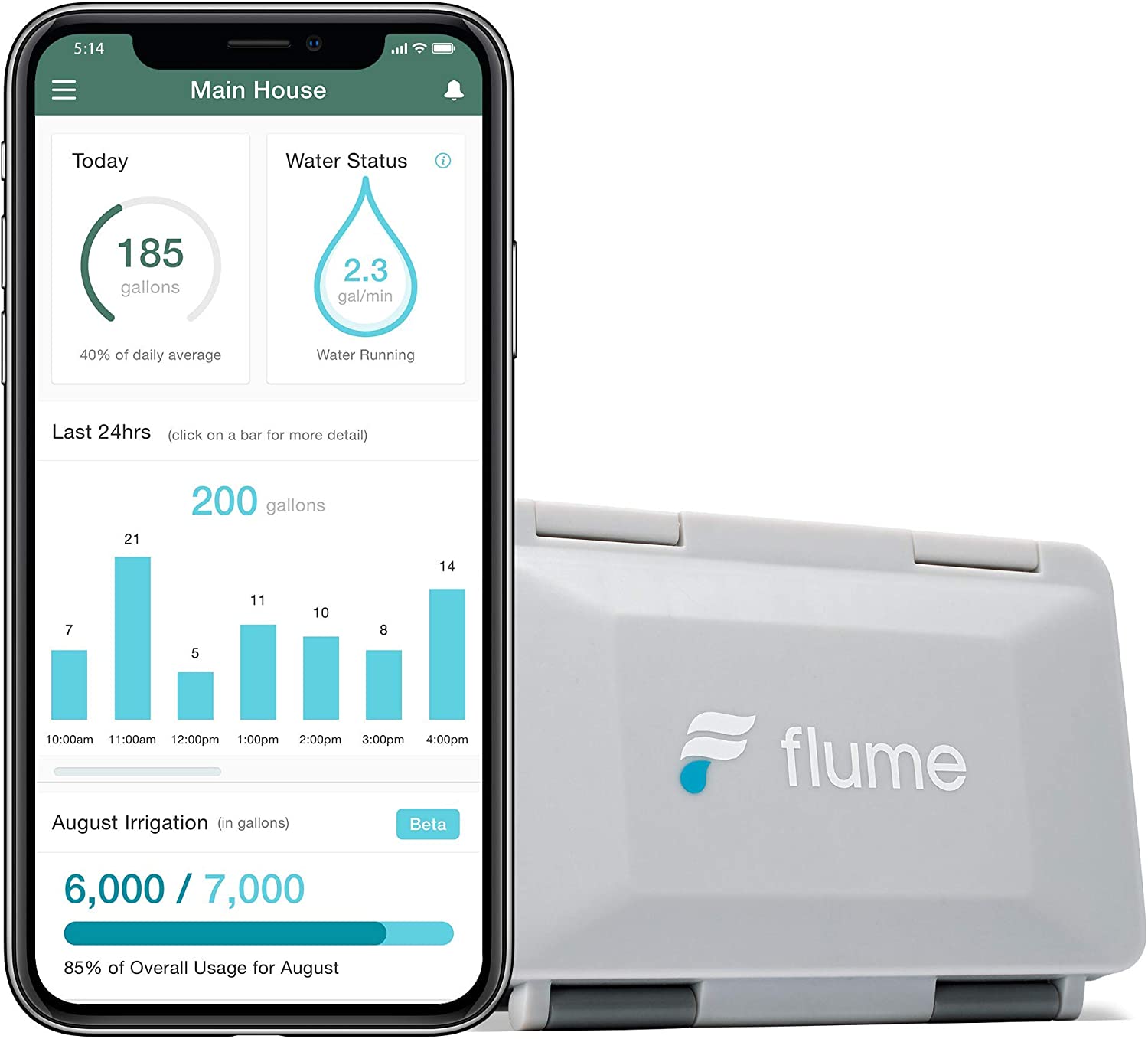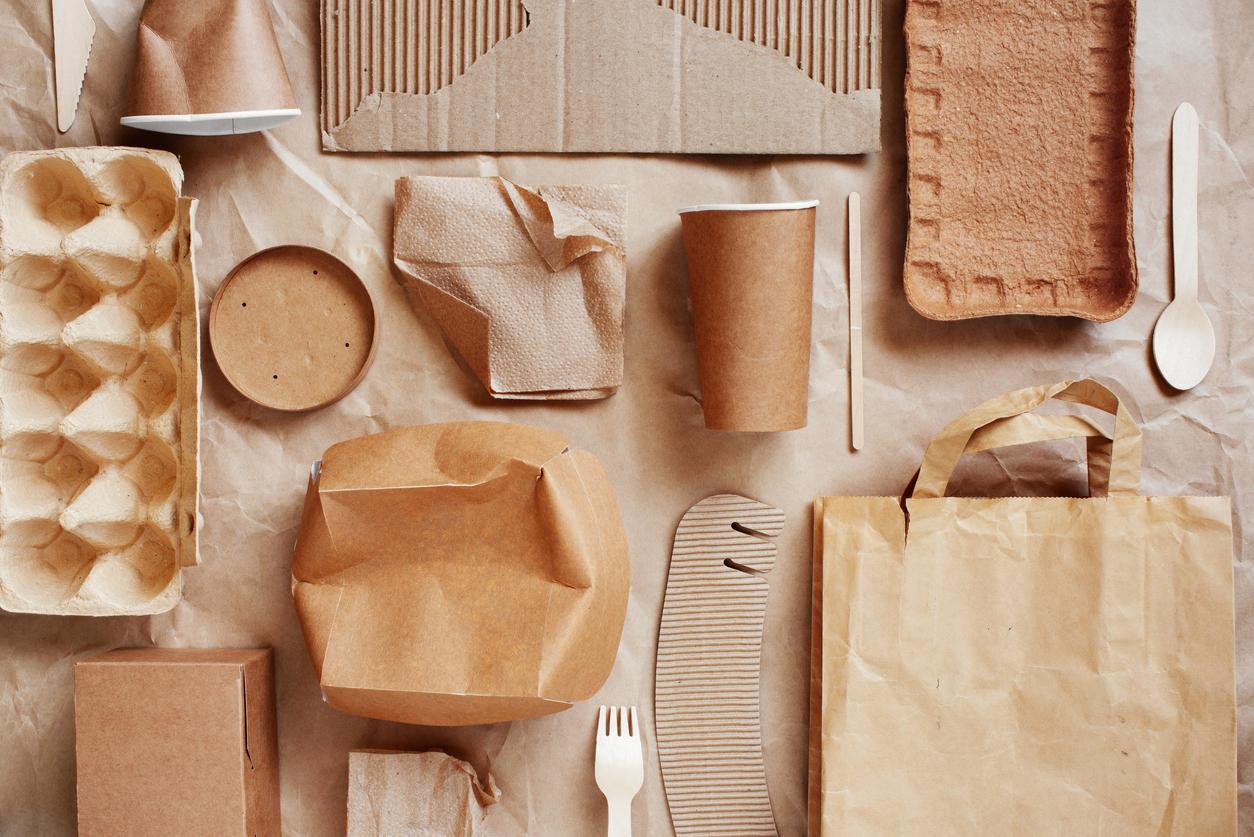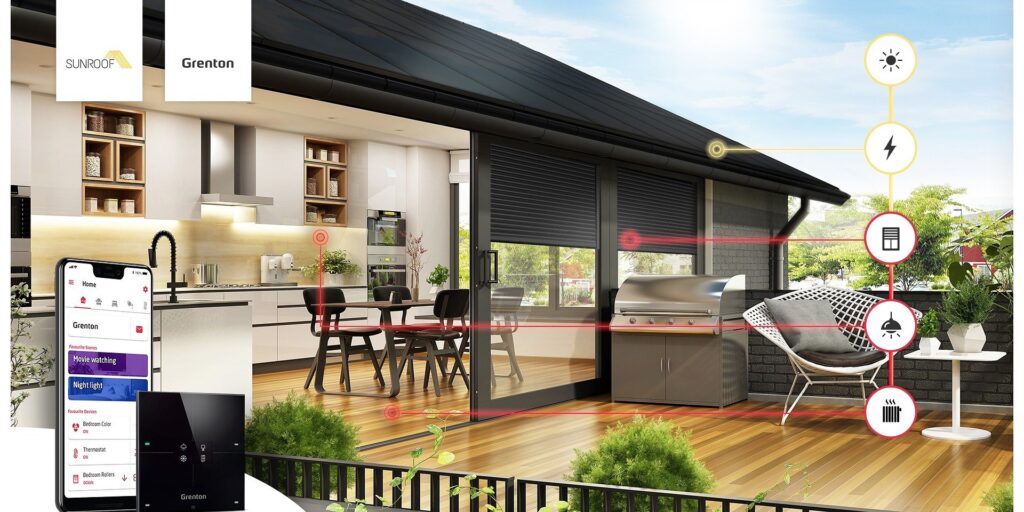In recent times, there has been an environmental awakening of sorts going on worldwide, that is sort of no longer once upon a time. With increasing concern about our environment, new products and practices that encourage sustainability are changing the way we live, work, and make choices every day. This blog is dedicated to the latest green products and technologies that have long way to help the consumers and the earth.
The Rising Demand for Sustainable Products

Consumer demand for sustainable goods grows rapidly Recent figures show that shoppers are increasingly asking to be greener as consumers look ito the eco-friendly space. Now, 66% of the world’s consumers are more likely to pay for sustainable products, compared to 55% in 2014. This change is an indicator of increased environmental consciousness, a growing demand for making more sustainable purchasing choices Marine Biodiversity.
The impact can be seen in market trends, with research from McKinsey indicating that products labeled as sustainable grew 2.7 times faster than those that were not. Eco-labelled products, in with Products making sustainability statements, in with No longer work at all with Work better with MKA G S15 R39/Keesler”). claims represented 32% of market share growth, despite having only a 17% overall market share McKinsey.
Even during economic challenges, consumers remain committed to sustainable choices. A 2024 PwC survey found that consumers are willing to spend an average of 9.7% more on sustainably produced or sourced goods, even as cost-of-living concerns continue PwC.
Revolutionary Packaging Solutions
One of the most visible areas of eco-innovation is in packaging. Traditional plastic packaging creates enormous environmental damage, but innovative alternatives are emerging that maintain functionality while drastically reducing ecological impact.

Biodegradable and Compostable Materials
Innovations in biodegradable packaging are revolutionizing how products reach consumers:
- Seaweed-based packaging: Companies like Notpla have pioneered using seaweed to create coatings, films, and bags that function like plastic but are fully biodegradable Shopify.
- Mushroom-based packaging: Ecovative Design has developed packaging made from mycelium (mushroom roots) that can replace styrofoam and other petroleum-based packaging materials. This material completely decomposes in home compost in just 45 days Sustainability Magazine.
- Plant-based plastics: Made from renewable resources like corn starch and sugarcane, these bioplastics offer a reduced carbon footprint compared to traditional petroleum-based plastics while maintaining similar performance characteristics.
According to research, 69% of consumers are more likely to repeat purchases from brands that use eco-friendly packaging, highlighting the direct business benefits of sustainable packaging innovations Plastic Bank.
Solar Innovations for Everyday Life
The solar energy sector has seen remarkable innovations that bring renewable power into ordinary homes in increasingly accessible ways.

Next-Generation Solar Technologies
Recent breakthroughs are making solar power more efficient and accessible:
- Perovskite solar cells: These emerging solar technologies combine traditional silicon with advanced perovskites, potentially pushing solar panel efficiency to unprecedented levels. Laboratory tests have achieved efficiency rates up to 47.1%, approaching the theoretical 50% threshold that could revolutionize solar affordability MIT Technology Review.
- Solar windows: Researchers have developed transparent solar technologies that can turn ordinary windows into power-generating surfaces while maintaining their transparency. This innovation allows buildings to generate energy without dedicated solar panel installations GreyB.
- Bifacial solar panels: These two-sided panels capture sunlight from both sides, increasing energy generation by up to 30% compared to traditional panels. They’re particularly effective in areas with reflective surfaces like snow or light-colored rooftops GreenLancer.
- Smart solar monitoring systems: AI-powered monitoring systems optimize energy production, automatically adjusting to weather conditions and identifying maintenance needs before they affect performance Residential Solar Panels.
The global residential solar market is showing strong growth despite economic fluctuations, with deployments expected to stabilize at around 35 gigawatts per year between 2026 and 2030, representing an 80% increase from 2020 levels McKinsey.
Water Conservation Technologies
As water scarcity becomes a growing concern worldwide, innovative technologies are emerging to help households reduce consumption while maintaining modern conveniences.

Smart Water Management Systems
These technologies are transforming how we use water at home:
- Smart leak detection One, like the Flume Smart Home Water Monitor, can pick up even tiny leaks, which can save thousands of gallons of water a year. These systems are attached to water meters and offer real time usage and alert notifications directly to smartphones Solana Center.
- IoT irrigation: Smart sprinklers can automatically shift watering schedules based on weather, soil moisture and plants to cut outdoor water use up to 50% versus conventional timer-controller Water Online.
- Water-efficient fixtures: Modern showerheads and faucet heads with sensors built in will give you the same user experience with less of the water rush. Some smart showers, such as a new line from Moen, monitor water usage and can be set to shut off automatically after reaching a designated amount Elemental Green.
- Greywater recycling system: Sleek residential systems reclaim water from showers, bathtubs, washing machines, treat it and re-circulate it for toilet flushing or garden watering—potentially cutting a household’s water use by 30% Intown Plumbing.
According to the EPA’s WaterSense program, the average family can save 30,000 gallons of water per year by implementing water-efficient fixtures and practices, demonstrating the significant impact these innovations can have at scale EPA.
Sustainable Home Products
Beyond major systems, smaller everyday products are also undergoing eco-friendly transformations.

Innovative Everyday Items
- hampoo and conditioner bars: These solid substitutes for conventional bottles of hair products save on plastic packaging waste without sacrificing performance. A single bar of shampoo can eliminate up to three plastic bottles EarthHero.
- Reusable silicone food storage: Silicone sandwich bags ($20 for two on the site, $12 for one on the Zero Waste Store ) and food covers offer far more durable options to single-use plastic wrap and disposable bags, potentially lasting years rather than hours.
- Compostable cleaning products: Concentrated, plant-based cleaning tablets that dissolve in water mean no more shipping mostly-water in plastic bottles and reduced transportation emissions and plastic usage Shopify.
- Compostable commodities: From bamboo toothbrushes to compostable phone covers, everyday commodities are getting the make-over with products being made from material which will return back to earth and not sit in our landfills for centuries Bluedot Living.
The Future of Eco-Innovation

As technology advances and consumer demand for sustainable products grows, we can expect even more groundbreaking eco-friendly innovations. Several emerging trends are likely to shape the future:
- Circular economy designs: A product designed from the start for disassembly and for repair, and for eventual recycling, that never even includes “waste”.
- AI-led sustainability: The use of artificial intelligence to optimize resources use in homes and in corporate environment, from energy consumption to supply chain efficiency.
- Biomimicry: There will be more products that are inspired by nature’s massive collection of tried and true patterns and strategies, offering inherently sustainable and efficient solutions.
- Materials science: New materials are being designed with smaller environmental footprints, like carbon-negative Football”rubber” footballs or biofabricated leather.
Consumer Impact and Adoption
Consumer behavior is beginning to change measurably, fueled by the increasingly available eco-friendly innovations:
- 78% of consumers now care about sustainability when they shop The Roundup.
- 72% of shoppers say they’re purchasing more environmentally friendly products than they did five years ago Business Dasher.
- Ninety six per cent of UK customers surveyed have bought eco-friendly and sustainable and products, of which, 34% do so regularly Uswitch
The transition is much more than a trend, it’s evidence of a systemic change in how consumers assess products and purchase goods.

Conclusion
Eco-friendly breakthroughs are changing mainstream living by offering environmentally friendly options that don’t skimp on function or form. From innovative packaging solutions to intelligent water management systems and solar technology, these breakthroughs are helping consumers to minimise their impact on the environment without having to change the way we live.
With the rise in consumer awareness and further tech advancements, green-friendly products will, no doubt, one day be mainstream, readily available, and actually work like a charm. The evidence is incontrovertible … sustainability isn’t just some trendy niche–it’s a driving factor affecting consumer preferences for all groups.
Adopting these innovations in our everyday lives can help us all take steps toward a more sustainable future—one product, one home-improvement project, one habit change at a time.
You can also visit our Other blogs here: luxira.in



